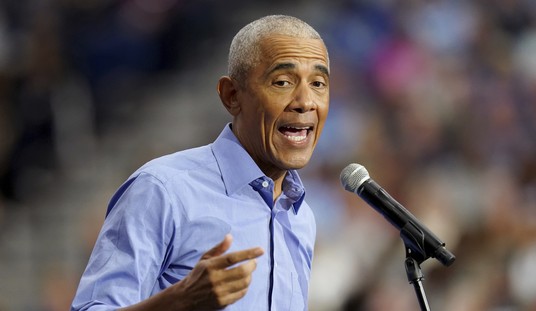The news out of Greece is momentous. The first and only contemporary portrait of the last Roman emperor, Constantine XI Palaiologos, has just been discovered, and yes, you need a print for your office wall. The Emperor Constantine XI is a man you should know: he is one of the largely forgotten heroes of our civilization who deserve to be better known today. A paragon of faith under fire and courage in the face of adversity, his career was a lengthy series of tragedies and losses, yet he gave history a brilliant example of what it means to be a man of principle even when nothing could be more difficult.
Greek City Times reported that “an exciting discovery was made at the Monastery of Taxiarches: a portrait of Constantine XI Palaiologos, believed to be the only portrait of the last emperor of the Eastern Roman (Byzantine) Empire.” That’s what people call Constantine’s empire today, but those names only came into use long after the demise of the empire itself. During its long lifetime, the people who lived in the empire called themselves simply Romans. They understood that Constantine XI, who was killed as Constantinople fell to the Ottoman jihadis on May 29, 1453, was the Roman emperor in a long line that stretched back to Augustus Caesar.
BREAKING: A portrait of the last (Eastern) Roman Emperor, Constantine XI Palaiologos, was discovered in the Monastery of Taxiarches in Aigialeia, Greece!
— Paul Antonopoulos 🇬🇷🇨🇾 (@oulosP) December 12, 2024
Dated to the mid-15th century, it is believed to be the only portrait of Constantine XI Palaiologos. pic.twitter.com/wrSArTYMLS
As “Empire of God: How the Byzantines Saved Civilization” explains, by the time of Constantine XI, that empire was in its death throes. After 1,400 years as an empire, which followed by 450 years as a republic and two years as a kingdom, the end was at hand in the great city of New Rome, which had been the empire’s capital for 1,100 of those years, better known as Constantinople.
The day before the end, with the Ottomans storming the city’s walls and it only being a matter of time before they broke through, Constantine addressed his officers. He knew the badly outnumbered and surrounded Romans had no hope of victory, but he exhorted them to stand for their faith and their families and die like men:
I am imploring you to fight like men with brave souls, as you have done from the beginning up to this day, against the enemy of our faith. I hand over to you my glorious, famous, respected, noble city, the shining Queen of cities, our homeland. You know well, my brothers, that we have four obligations in common, which force us to prefer death over survival: first our faith and piety; second our homeland; third, the emperor anointed by the Lord and fourth; our relatives and friends.
Constantine died in their midst, fighting for the defense of his people, and of what was left of the great empire that had once ruled over most of the known world. A historian of Constantine’s time, Michael Kritoboulos, wrote: “The Emperor Constantine…died fighting. He was a wise and moderate man in his private life and diligent to the highest degree in prudence and virtue, sagacious as the most disciplined of men. In political affairs and in matters of government he yielded to no one of the Emperors before him in preeminence. Quick to perceive his duty, and quicker still to do it, he was eloquent in speech, clever in thought, and very accomplished in public speaking. He was exact in his judgments of the present, as someone said of Pericles, and usually correct in regard to the future—a splendid worker, who chose to do and to suffer everything for his fatherland and for his subjects.”
Related: The Most Popular Baby Name in the UK Today is Muhammad. Here’s Why It Matters.
We could use a few leaders of that quality today. But now we at least have a portrait of him. Archaeologist Dr. Anastasia Koumousi, who is director of the Ephorate of Antiquities of Achaia in Greece, examined the newly discovered portrait and stated that it was Constantine’s “only living portrait. The painter must have rendered the portrait characteristics of the last emperor of Byzantium, Constantine [XI] Palaiologos, from his own perception, that is, his model was not an official imperial portrait, as was customary, but the emperor himself."
In these days when we hope to make America great again and overcome once and for all the many enemies that beset her, Constantine XI Palaiologos may seem to be an unlikely hero. He lost his empire, and we’re trying to keep our republic. Yet he was also a model of the strength of mind, soul, and spirit, and of unwavering commitment to the truth, that we need in these trying times as the left licks its wounds and regroups for what is certain to be yet another assault on the citadel of freedom. May we meet that assault with the unshakeable faith and indomitable courage of Constantine XI Palaiologos.










Join the conversation as a VIP Member